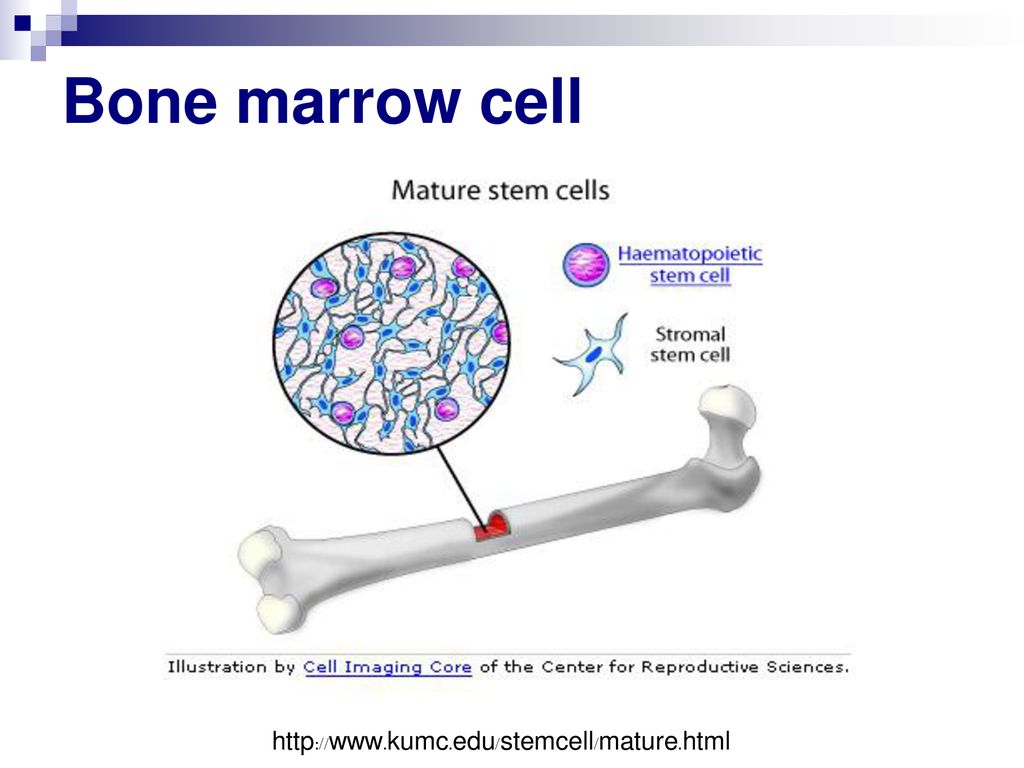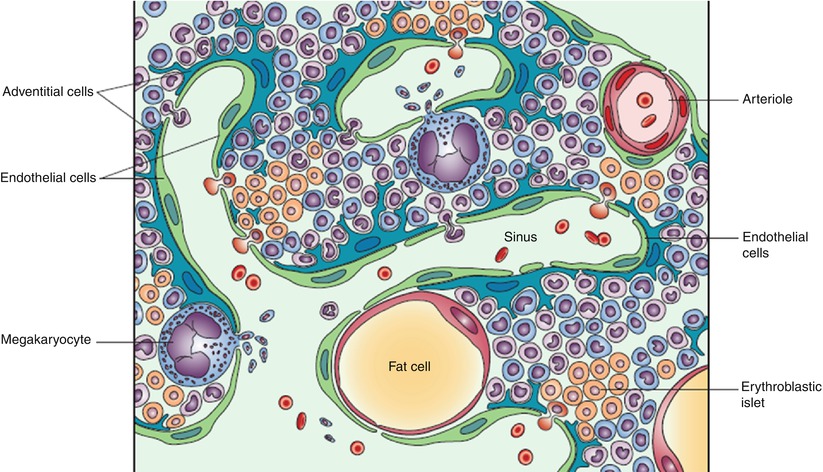Bone Marrow Diagram Labelled Biology Diagrams Hematopoietic cords (histological slide) Red marrow is most abundant in all skeletal structures from intrauterine life up until around the 5th year of life. As time progresses, red marrow is restricted to the central flat bones (i.e. cranial bones, clavicle, sternum, ribs, scapula, vertebrae, and pelvis) and the proximal ends of the proximal long bones of the upper and lower limbs. The anatomy of bone marrow is organized into two types: red marrow and yellow marrow, each serving distinct purposes. Below is a detailed description of the structure and organization of bone marrow. Types of Bone Marrow. There are two main types of bone marrow, each with different cellular compositions and functions:

Bone Marrow Structure . Bone marrow is separated into a vascular section and non-vascular sections. The vascular section contains blood vessels that supply the bone with nutrients and transport blood stem cells and mature blood cells away from the bone and into circulation. The non-vascular sections of the bone marrow are where hematopoiesis or

Bone Marrow: Structure, Function, Diseases and More Biology Diagrams
Learn about the anatomy and physiology of bone marrow, the soft tissue in the bone cavities that produces blood cells. Find out how bone marrow can be affected by disease, infection, or radiation, and how bone marrow transplant can help. Bone marrow is a semi-solid tissue found within the spongy (also known as cancellous) portions of bones. [2] In birds and mammals, bone marrow is the primary site of new blood cell production (or haematopoiesis). [3] It is composed of hematopoietic cells, marrow adipose tissue, and supportive stromal cells.In adult humans, bone marrow is primarily located in the ribs, vertebrae, sternum, and

Learn about the two types of bone marrow (red and yellow), their structure and functions in blood cell production and immunity. Find out how bone marrow is composed of hematopoietic tissue, vascular sinuses, fat cells and bony tissue. The bone marrow is notoriously difficult to image; because of this the anatomy of blood cell production- and how local signals spatially organize hematopoiesis-are not well defined. Here we review our current understanding of the spatial organization of the mouse bone marrow with a special focus in recent advances that are transforming our Bone marrow is the soft tissue found in the bones throughout your body. It produces vital components of your blood, including blood cells and platelets. There are three parts to the anatomy of your bones: compact bone, spongy bone and bone marrow. Compact bone is the strong, outer layer of your bones.

Bone marrow Biology Diagrams
Examination of the bone marrow is helpful in diagnosing certain diseases, especially those related to blood and blood-forming organs, because it provides information on iron stores and blood production. Bone marrow aspiration, the direct removal of a small amount (about 1 ml) of bone marrow, is accomplished by suction through a hollow needle.The needle is usually inserted into the hip or

Anatomy . Bone marrow is considered the fourth largest organ in the body by weight, accounting for 4% to 5% of a person's total body weight. It is a spongy, jelly-like tissue located in the center of certain large bones, including those in the hips and spine.
